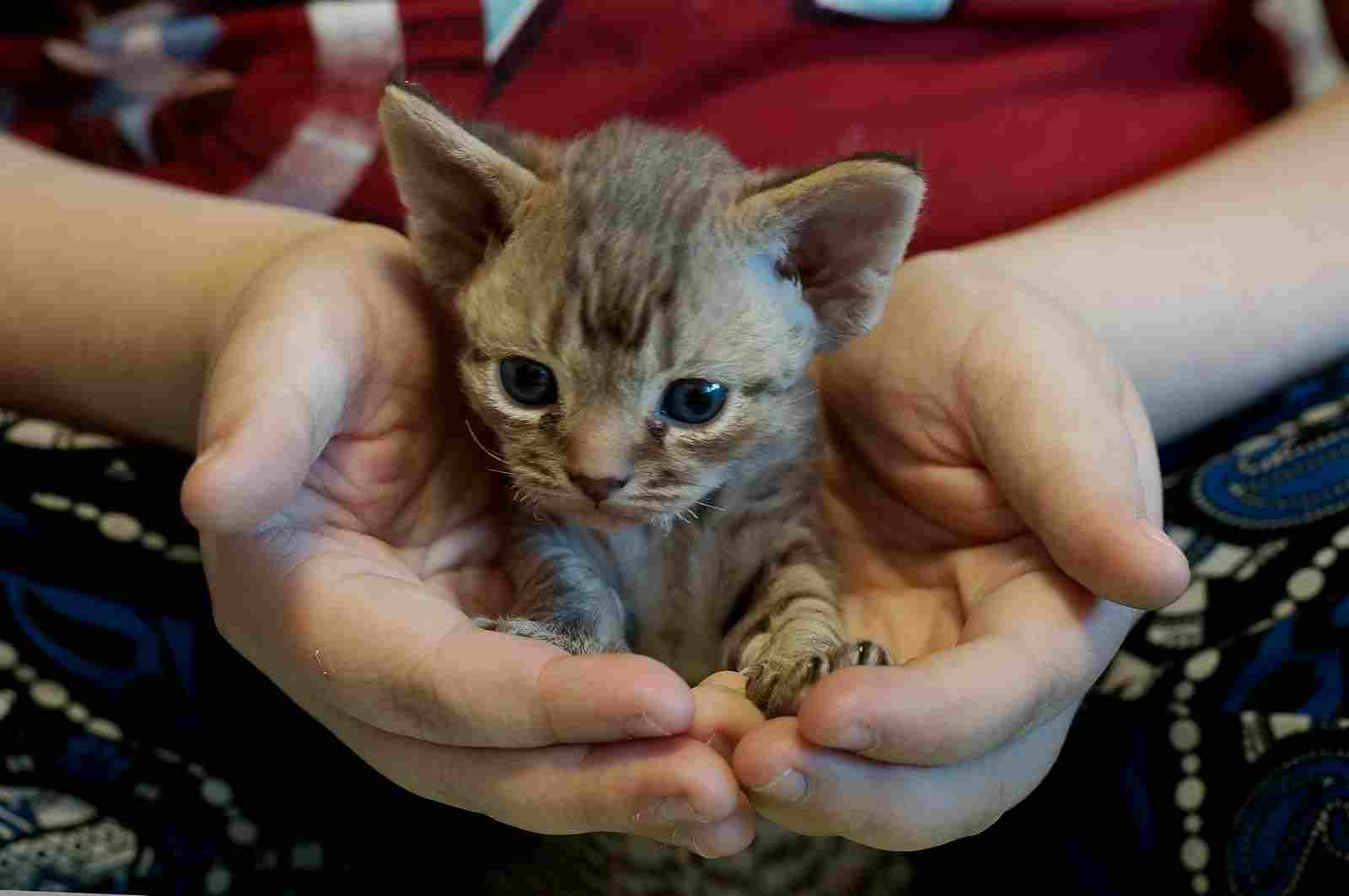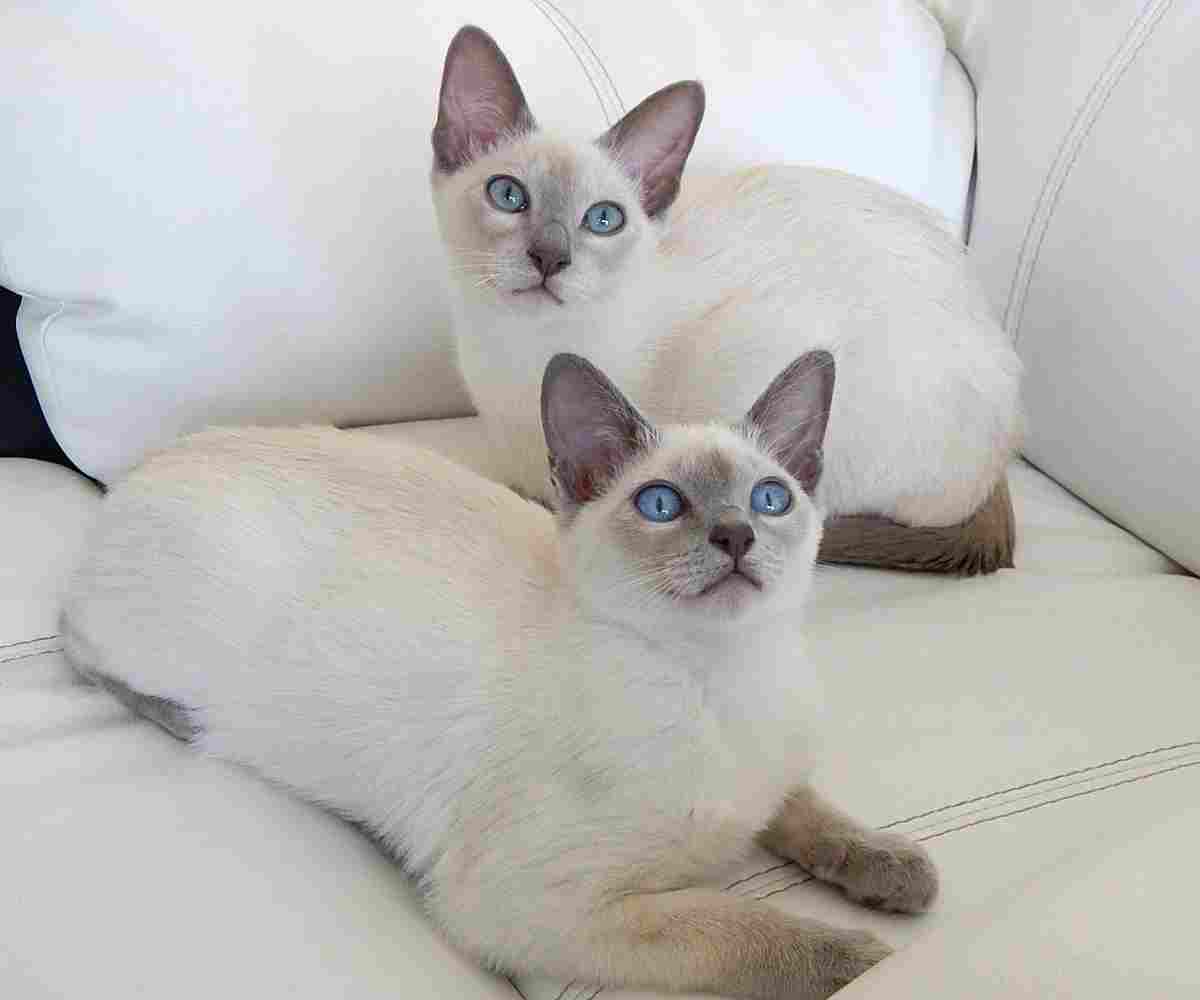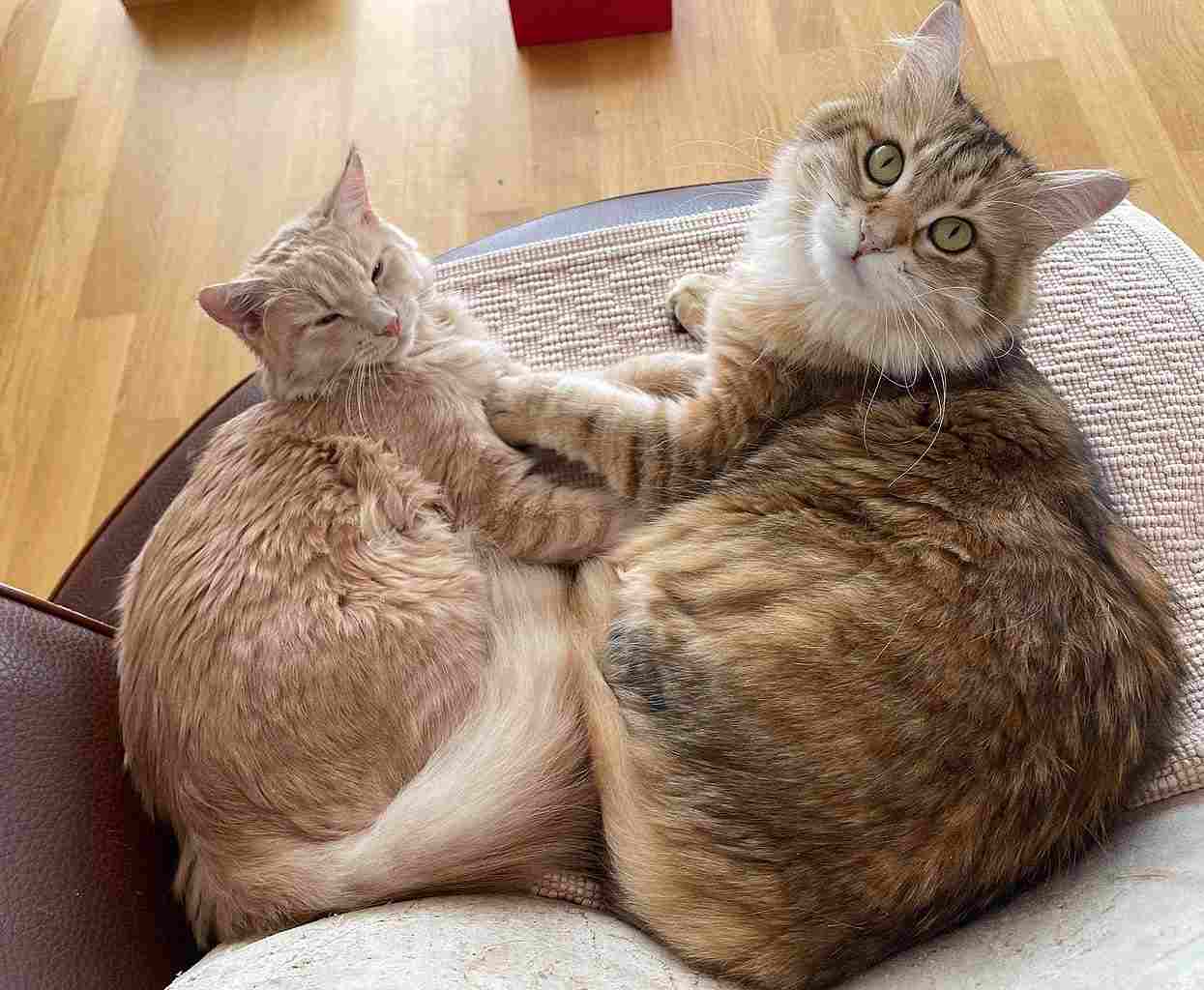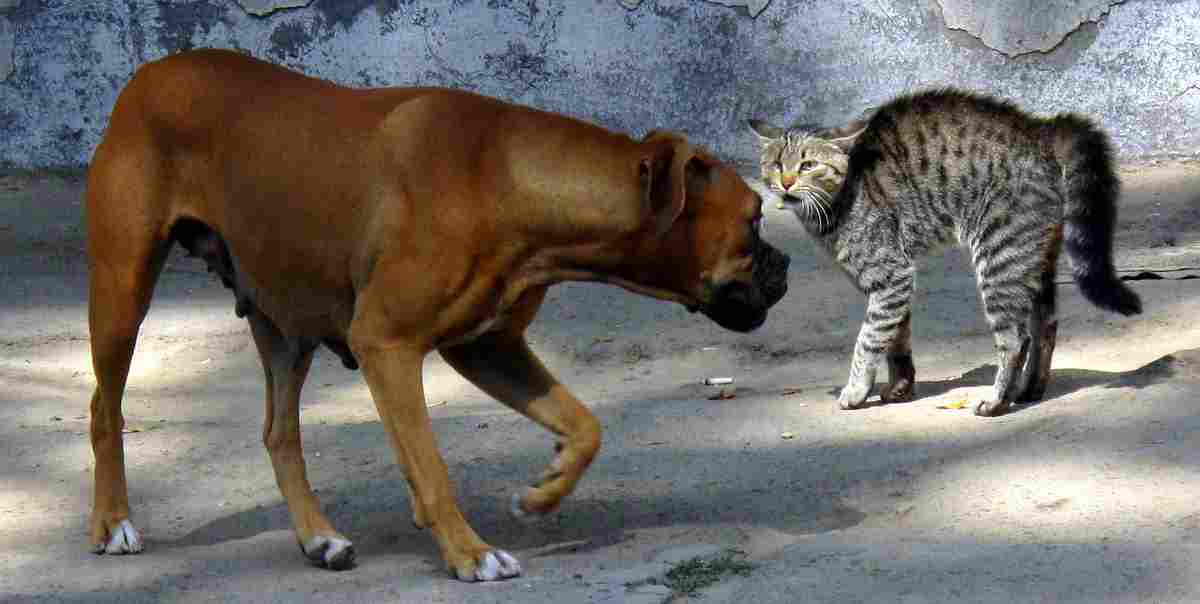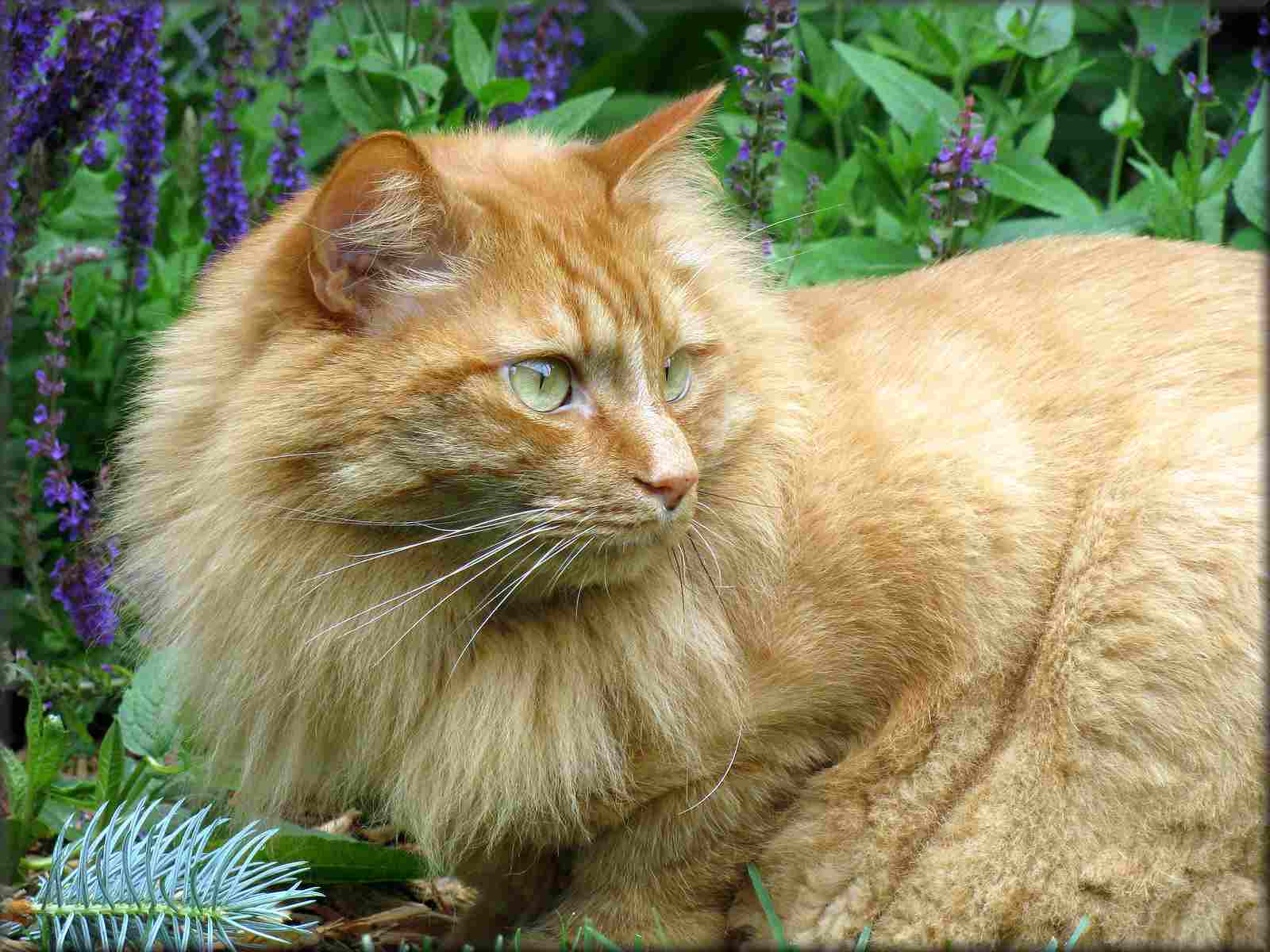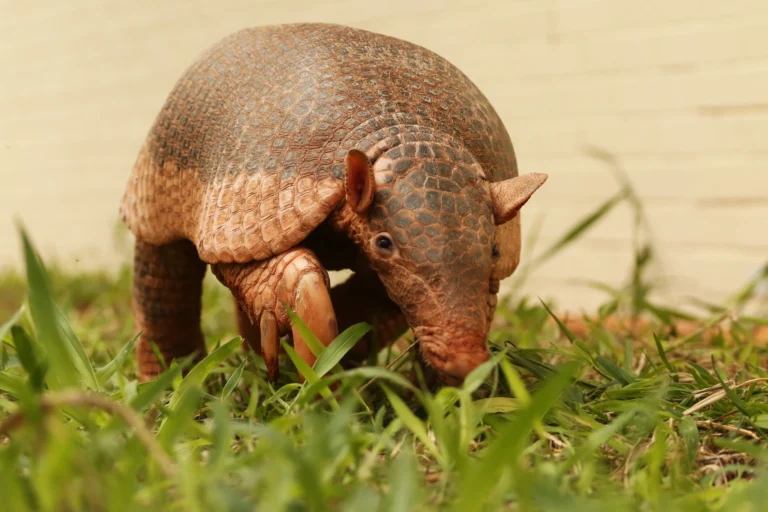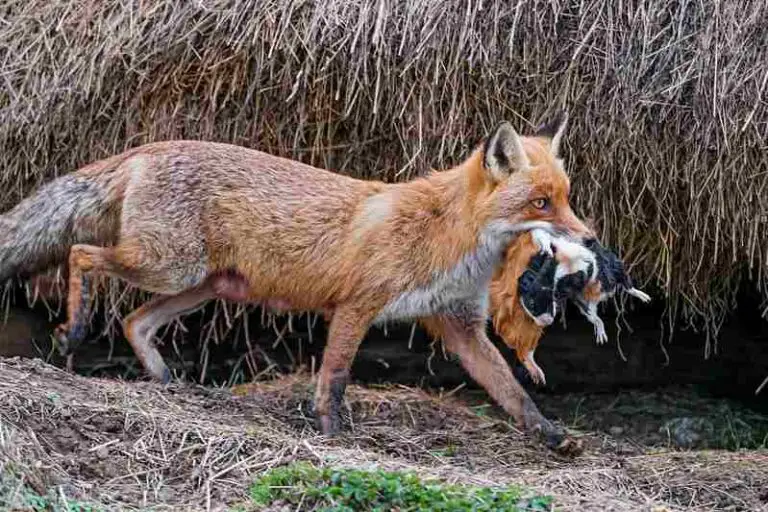Burmese Cat Vs Siamese Cat Personality, Size, Weight, Overall Comparison
Exploring the differences between Burmese and Siamese cats reveals unique characteristics in their fur length, temperament, build, and pricing. While both breeds share affectionate qualities, Burmese cats are distinguished by their trusting and laidback nature, contrasting with the more selective and playful demeanor of Siamese cats. Variations in fur length, build, and pricing contribute to the distinct appeal of each breed.
I. Fur Length:
– Siamese cats generally have shorter fur, with the exception of the long-haired variant. In contrast, Burmese cats sport medium to long fur, adding to their plush and luxurious appearance.

II. Temperament Traits:
– Burmese cats are known for being more trusting and laidback in their temperament. Their easygoing nature contributes to a sense of calm companionship. On the other hand, Siamese cats tend to be more selective in their affections and display a playful demeanor.
III. Build Differences:
– Burmese cats typically have a larger and bulkier build, emphasizing a solid and muscular physique. In contrast, Siamese cats exhibit a more slender and elegant frame, contributing to their graceful appearance.
IV. Pricing Variations:
– Burmese cats are generally priced slightly higher, ranging from $1000 to $2000. Siamese cats, while still an attractive option, are usually priced between $500 and $1500, or up to $1800. Adoption offers a more budget-friendly alternative for both breeds.
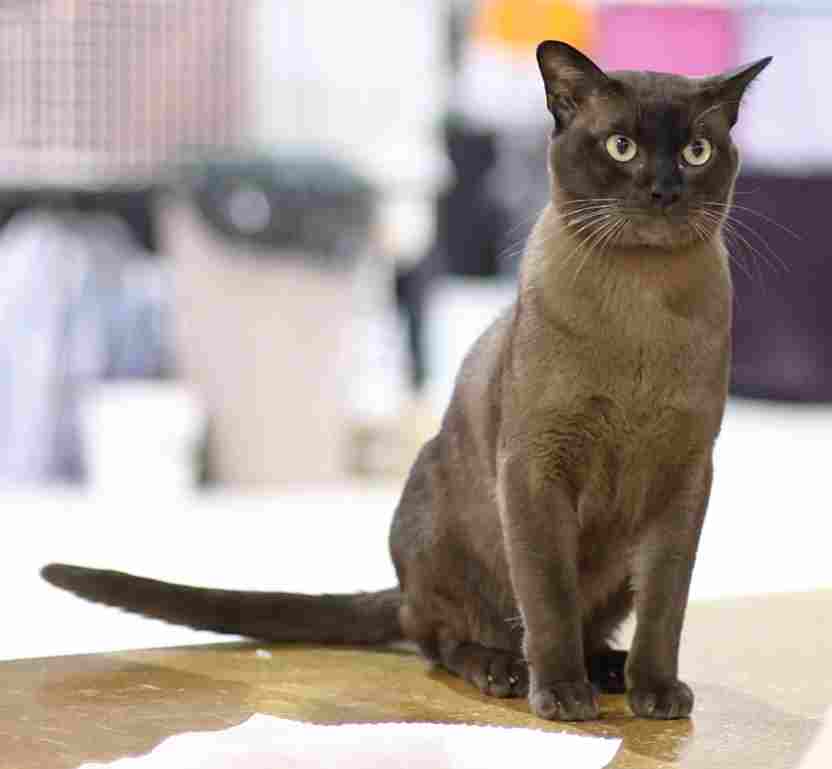
V. Adoption Affordability:
– Adoption is a much more affordable option for both Burmese and Siamese cats. Potential owners seeking these breeds through adoption may find a cost-effective way to bring these affectionate feline companions into their homes.
VI. Appreciating Breed Diversity:
– Understanding the distinctions between Burmese and Siamese cats allows potential owners to appreciate the diverse qualities within these popular feline breeds. Whether it’s the laidback trust of the Burmese or the playful selectivity of the Siamese, each cat contributes its own unique charm to the world of feline companionship.
*Details of Comparison
| Criteria | Burmese Cat | Siamese Cat |
| Taxonomy | Animalia, Chordata, Mammalia, etc. |
Animalia, Chordata, Mammalia, etc.
|
| Appearance | Short-haired, muscular, round face |
Slender, wedge-shaped head, color points
|
| Size | Medium-sized, solid build |
Medium-sized, slender build
|
| Weight | Males: 10-16 lbs, Females: 6-12 lbs |
Males: 11-15 lbs, Females: 8-12 lbs
|
| Personality | Sociable, affectionate, playful |
Sociable, affectionate, vocal
|
| Relative Price/Cost | Varies, influenced by lineage |
Varies, influenced by lineage
|
| Grooming | Low maintenance, regular brushing |
Low maintenance, regular brushing
|
| Health Concerns | Hypokalemia, eye conditions |
Respiratory, dental issues
|
| Bite Force (PSI) | Moderate | Moderate |
| Physical Offensive Adv. | Muscular, sharp claws, effective hunting |
Muscular, sharp claws, effective hunting
|
| Physical Defensive Adv. | Agile, climbing abilities, defense |
Agile, climbing abilities, defense
|
| Speed | ~30 mph (48 km/h) |
~30 mph (48 km/h)
|
| Agility | Highly agile, adapted for hunting |
Highly agile, adapted for hunting
|
| Senses | Excellent night vision, acute hearing |
Excellent night vision, acute hearing
|
| Overall Physical Cap. | Robust, balanced strength and agility |
Graceful, well-adapted agility
|
| Habitat Preference | Adaptable, may prefer indoors |
Adaptable, may prefer indoors
|
| Tracks | Compact, distinct toe prints |
Compact, distinct toe prints
|
| Lifespan | 10-16 years | 12-20 years |
| Natural Feeding | Carnivorous, meat-based diet |
Carnivorous, meat-based diet
|
| Best Food as a Pet | High-quality cat food, balanced |
High-quality cat food, balanced
|
| Intelligence | Intelligent, trainable |
Highly intelligent, trainable
|
| Social Behavior | Social, forms strong bonds |
Highly social, adapts well to multi-pet households
|
| Mode of Reproduction | Sexual, moderate-sized litters |
Sexual, moderate-sized litters
|
| Parental Behavior | Nurturing, protective |
Nurturing, protective
|
| Proximity to Humans | Comfortable indoors, sociable |
Well-adapted to human environments
|
| Behavior Toward Humans | Affectionate, seeks interaction |
Highly social, seeks interaction
|
| Danger Posed to Humans | Generally not dangerous, gentle |
Generally not dangerous, gentle
|
| Precautions | Standard precautions for responsible ownership |
Standard precautions for responsible ownership
|
| Conservation Status | Domesticated, no specific conservation status |
Domesticated, no specific conservation status
|
Key Points
- Similarities in taxonomy, appearance, sociability, and ecological adaptations.
- Differences in size, lifespan, grooming needs, and vocalization.
- Both breeds are well-adapted to living with humans, displaying affectionate and playful behaviors.
- Domesticated status implies no specific conservation concerns.
- Consideration of responsible ownership practices, including regular veterinary care and balanced nutrition, applies to both breeds.
1. Taxonomy:
Burmese Cat:
Kingdom: Animalia
Phylum: Chordata
Class: Mammalia
Order: Carnivora
Family: Felidae
Genus: Felis
Species: catus
Siamese Cat:
Kingdom: Animalia
Phylum: Chordata
Class: Mammalia
Order: Carnivora
Family: Felidae
Genus: Felis
Species: catus
2. Appearance:
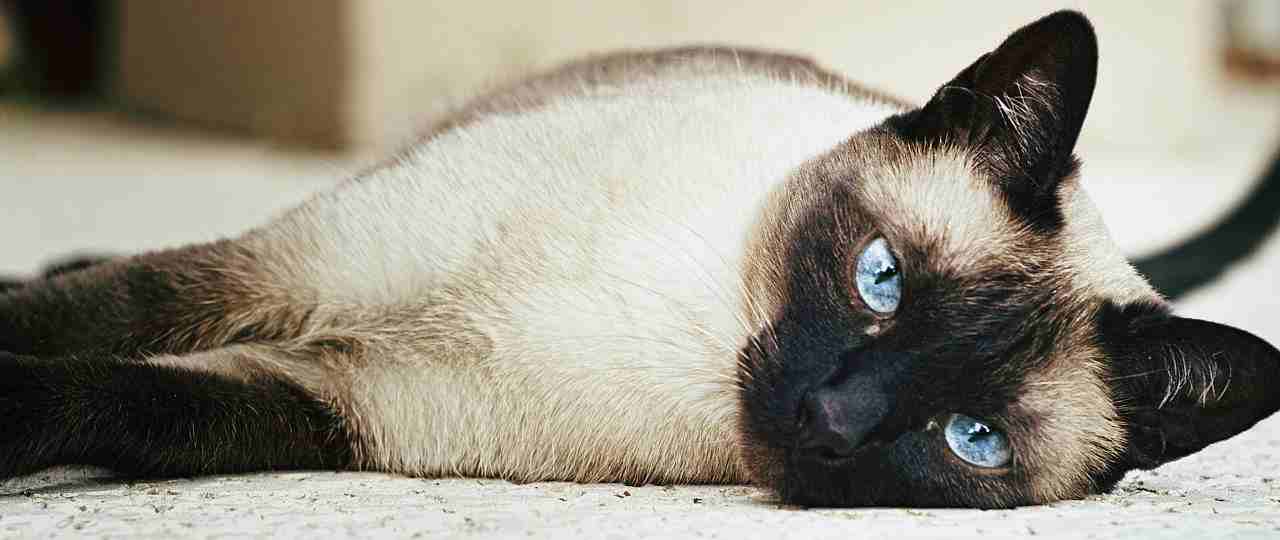
Burmese Cat:
Short-haired breed with a sleek, muscular body.
Round face, expressive large eyes, and short, straight nose.
Coat colors typically include sable, champagne, blue, and platinum.
Siamese Cat:
Sleek and slender with a distinctive wedge-shaped head.
Almond-shaped blue eyes and large ears.
Coat color points on the ears, face, paws, and tail, contrasting with a lighter body color.
Comparison:
Both breeds exhibit elegant and refined appearances with distinct features.
Siamese cats have more pronounced color points, while Burmese cats have a solid coat color.
Ecological Implications:
Their distinct appearances might influence predation success or camouflage in different natural environments.
3. Size:
Burmese Cat:
Medium-sized breed with a compact and muscular build.
Adult males typically weigh 10-16 pounds, while females weigh 6-12 pounds.
Siamese Cat:
Slender and medium-sized.
Adult males weigh around 11-15 pounds, and females weigh 8-12 pounds.
Comparison:
Both breeds share a similar size range, but Burmese cats tend to have a more solid, muscular build compared to the slender Siamese cats.
Ecological Implications:
Size can affect the ability to navigate through different terrains and might influence interactions with other species.
4. Weight:
Burmese Cat:
Adult males typically weigh 10-16 pounds.
Adult females generally weigh 6-12 pounds.
Siamese Cat:
Adult males weigh around 11-15 pounds.
Adult females weigh 8-12 pounds.
Comparison:
While both breeds have a similar weight range, Siamese cats may have a slightly lighter build compared to Burmese cats.
Ecological Implications:
Weight can impact energy expenditure, hunting efficiency, and resource competition within their ecological niche.
5. Personality:
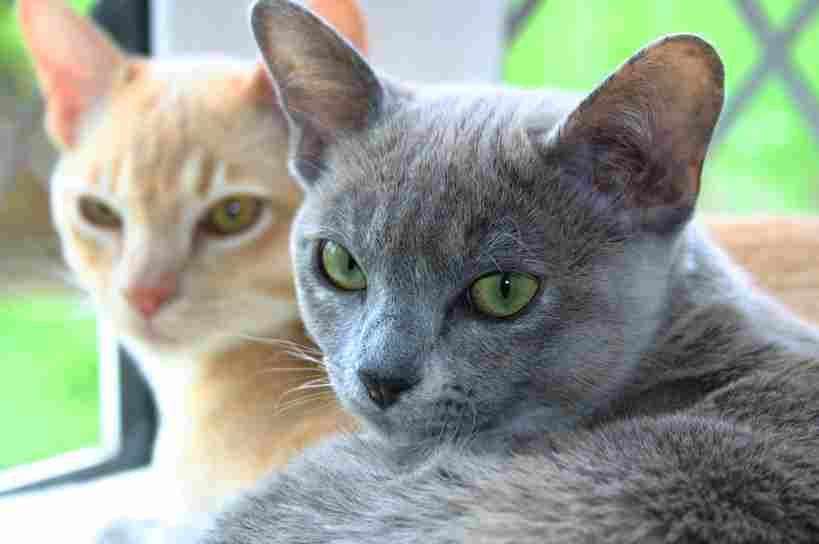
Burmese Cat:
Social, affectionate, and known for forming strong bonds with their owners.
Playful and enjoy interactive activities.
Siamese Cat:
Vocal, outgoing, and highly sociable.
Intelligent and may seek attention through vocalization.
Comparison:
Both breeds share sociable and affectionate traits, making them suitable as companion animals.
Ecological Implications:
Sociability might affect their ability to form cooperative relationships within their ecosystem, impacting social structures and dynamics.
6. Relative Price/Cost:
Burmese Cat:
Prices vary, but generally, Burmese cats can cost between $800 to $2,000, depending on factors like lineage, breeder reputation, and regional variations.
Siamese Cat:
Siamese cats are usually priced in a similar range, ranging from $800 to $2,000, with variations based on factors like pedigree and breeder credibility.
Comparison:
Both breeds have comparable price ranges, with variations based on similar factors.
Ecological Implications:
The pricing may indirectly influence demand, potentially impacting breeding practices and population dynamics within the domestic cat community.
7. Grooming and Maintenance Requirements:
Burmese Cat:
Short, fine coat requires minimal grooming.
Regular brushing helps reduce shedding.
Siamese Cat:
Short coat with minimal shedding.
Regular brushing helps maintain coat health.
Comparison:
Both breeds have low grooming needs, making them suitable for owners with busy lifestyles.
Ecological Implications:
Low grooming needs may affect interactions with their environment, potentially impacting fur-related behaviors such as scent-marking.
8. Health Concerns:
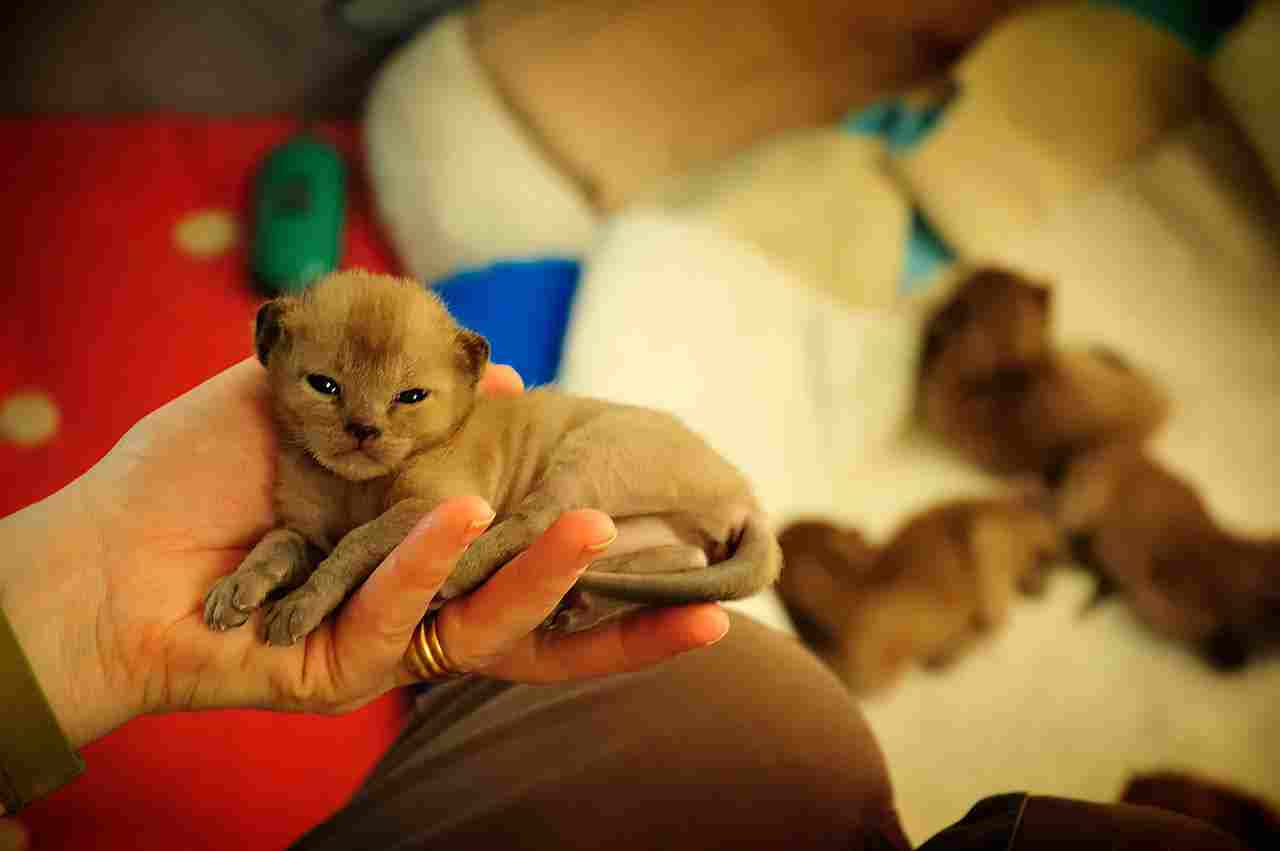
Burmese Cat:
Prone to certain genetic conditions such as hypokalemia and certain eye conditions.
Regular veterinary check-ups are essential to monitor health.
Siamese Cat:
May be susceptible to respiratory and dental issues.
Regular dental care and veterinary check-ups are recommended.
Comparison:
Both breeds may have breed-specific health concerns, emphasizing the importance of regular veterinary care.
Ecological Implications:
Health conditions may affect an individual’s fitness in a natural environment, influencing survival and reproduction.
9. Bite Force (PSI):
Burmese Cat:
Average bite force not well-documented, but generally considered moderate for domestic cat breeds.
Siamese Cat:
Similar to Burmese cats, the bite force is moderate and typical for domestic cat breeds.
Comparison:
Both breeds possess similar bite forces, reflecting typical domestic cat capabilities.
Ecological Implications:
Bite force can influence hunting success, prey selection, and competition with other species for resources.
10. Physical Offensive Advantages:
Burmese Cat:
Muscular build and agility contribute to effective hunting capabilities.
Sharp claws and teeth aid in catching and subduing prey.
Siamese Cat:
Lithe and agile, with sharp claws and teeth for effective hunting.
Comparison:
Both breeds share physical attributes that provide offensive advantages during hunting activities.
Ecological Implications:
Offensive capabilities influence the breeds’ roles as predators, impacting local prey populations and ecological balances.
11. Physical Defensive Advantages:
Burmese Cat:
Solid build and agility provide defensive capabilities against potential threats.
Ability to climb and escape danger.
Siamese Cat:
Agility and quick reflexes contribute to defensive maneuvers.
Climbing abilities aid in escaping predators.
Comparison:
Both breeds exhibit physical traits that enhance their defensive abilities, essential for survival in natural environments.
Ecological Implications:
Defensive capabilities impact the breeds’ vulnerability to predation and their ability to navigate diverse habitats.
12. Speed (Km/hour or Mile/hour):
Burmese Cat:
Average speed is around 30 miles per hour (48 km/h).
Siamese Cat:
Similar average speed of around 30 miles per hour (48 km/h).
Comparison:
Both breeds showcase similar speeds, reflecting typical feline running capabilities.
Ecological Implications:
Speed is crucial for hunting and evading predators, influencing their roles in the ecosystem.
13. Agility:
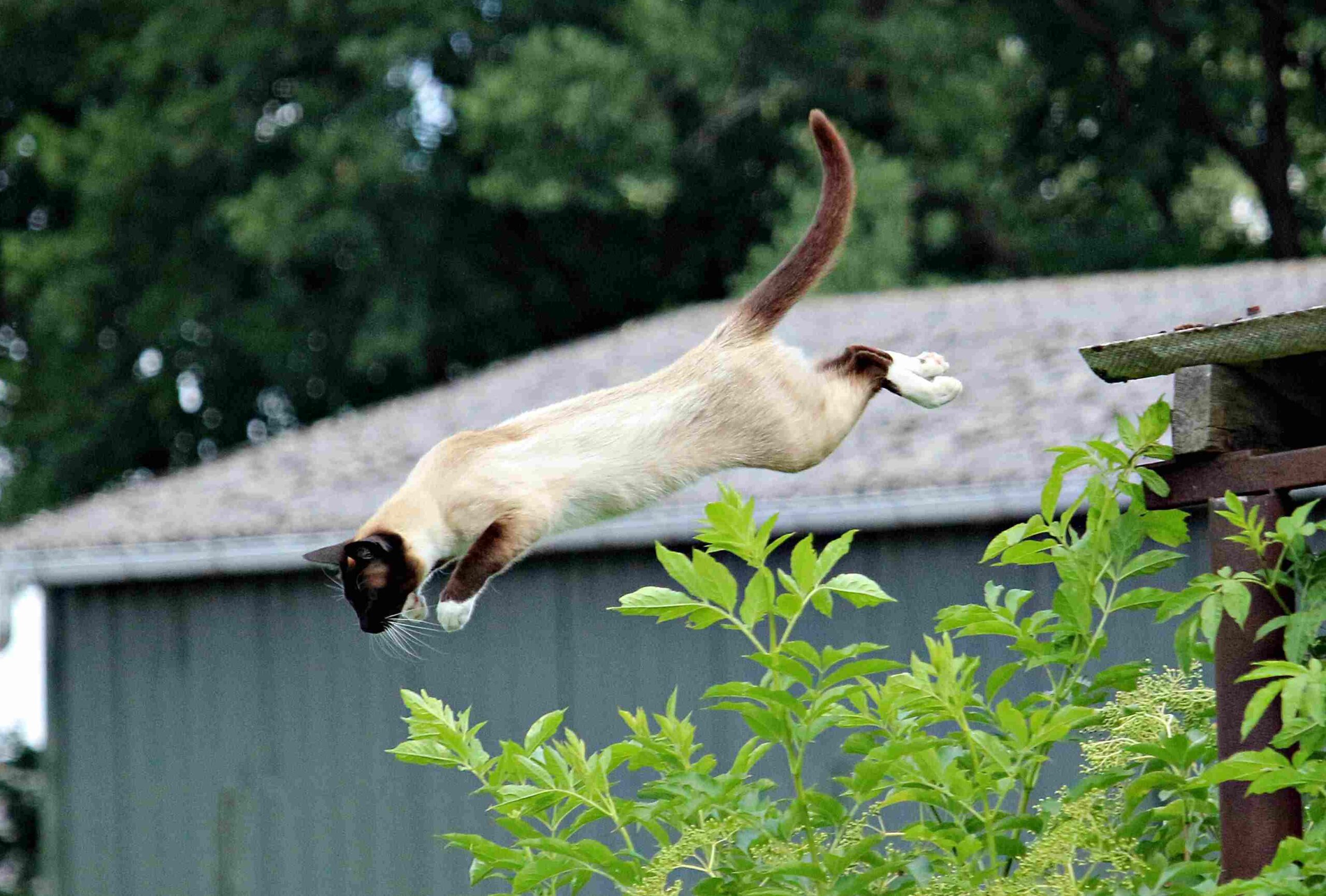
Burmese Cat:
Displays excellent agility, making them adept climbers and hunters.
Quick reflexes and balance contribute to their agility.
Siamese Cat:
Highly agile with a graceful and nimble demeanor.
Well-suited for climbing and navigating various terrains.
Comparison:
Both breeds share a high level of agility, adapted for different environmental challenges.
Ecological Implications:
Agility affects their ability to access resources, evade predators, and navigate diverse habitats, shaping their ecological niche.
14. Senses:

Burmese Cat:
Excellent night vision and keen sense of hearing.
Tactile whiskers contribute to spatial awareness.
Siamese Cat:
Acute vision in low light conditions and highly developed hearing.
Whiskers play a crucial role in detecting changes in their surroundings.
Comparison:
Both breeds have heightened senses, essential for hunting and navigating their environment.
Ecological Implications:
Enhanced senses influence their ability to locate prey, avoid predators, and navigate in various environments.
15. Overall Physical Capacity:
Burmese Cat:
Robust physique with a balanced combination of strength and agility.
Siamese Cat:
Graceful and slender build with remarkable agility.
Comparison:
While both breeds possess distinct physical characteristics, they showcase well-adapted overall physical capacities.
Ecological Implications:
Physical capacity influences their roles as predators and competitors within their ecological niche.
16. Habitat Preference(s):
Burmese Cat:
Adaptable to various environments, but may prefer indoor settings due to their sociable nature.
Siamese Cat:
Equally adaptable, but their social nature may make them more suitable for indoor living.
Comparison:
Both breeds are adaptable to different habitats, but their sociability may influence their preference for human-inhabited spaces.
Ecological Implications:
Habitat preferences impact the breeds’ interactions with local flora and fauna, as well as potential exposure to environmental hazards.
17. Tracks:
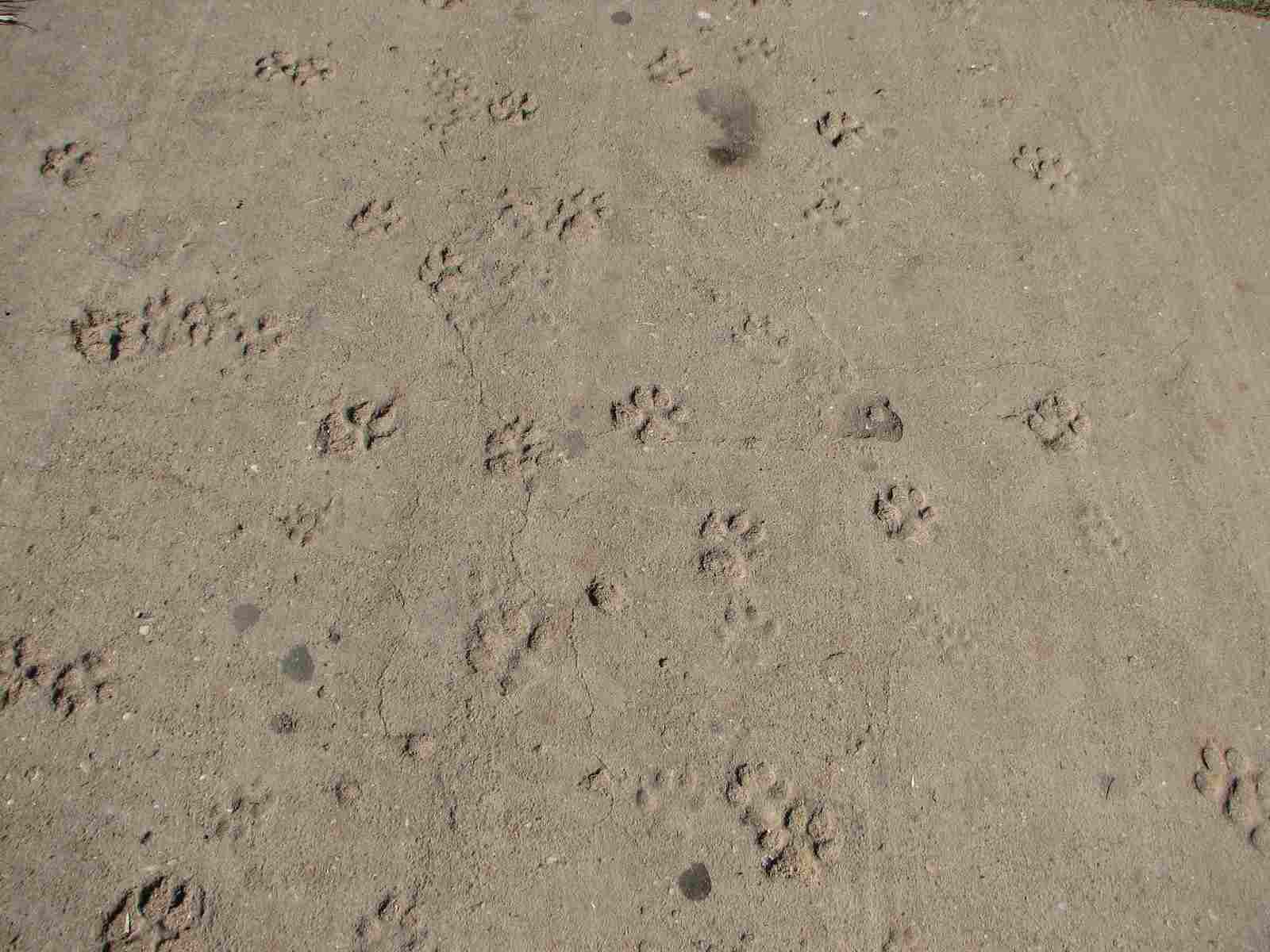
Burmese Cat:
Compact tracks with distinct toe prints.
Claw marks may be visible in tracks.
Siamese Cat:
Similar compact tracks with visible toe prints.
Claw marks may also be present in tracks.
Comparison:
Both breeds leave similar tracks, reflecting typical feline footprints.
Ecological Implications:
Tracking patterns can provide insights into their movements, activities, and interactions within their habitat.
18. Lifespan:
Burmese Cat:
Generally, Burmese cats have a lifespan of 10 to 16 years.
Siamese Cat:
Siamese cats typically have a lifespan of 12 to 20 years.
Comparison:
Siamese cats generally have a longer potential lifespan compared to Burmese cats.
Ecological Implications:
Lifespan affects the duration of an individual’s impact on the ecosystem, including predation and reproduction.
19. Natural Mode of Feeding:
Burmese Cat:
Carnivorous diet consisting mainly of meat.
Siamese Cat:
Carnivorous diet with a preference for meat-based foods.
Comparison:
Both breeds share a natural mode of feeding as obligate carnivores, requiring diets rich in animal protein.
Ecological Implications:
Carnivorous feeding habits influence their role in controlling local prey populations and nutrient cycling within their ecosystem.
20. Best Food as a Pet:
Burmese Cat:
High-quality cat food with a balanced mix of proteins, fats, and essential nutrients.
Siamese Cat:
Similar nutritional requirements – a well-balanced, high-quality cat food rich in proteins.
Comparison:
Both breeds benefit from a nutritionally complete cat diet tailored to their specific needs.
Ecological Implications:
Domestic cat diets influence their impact on local fauna, affecting prey populations and potentially contributing to ecosystem imbalances.
21. Intelligence:
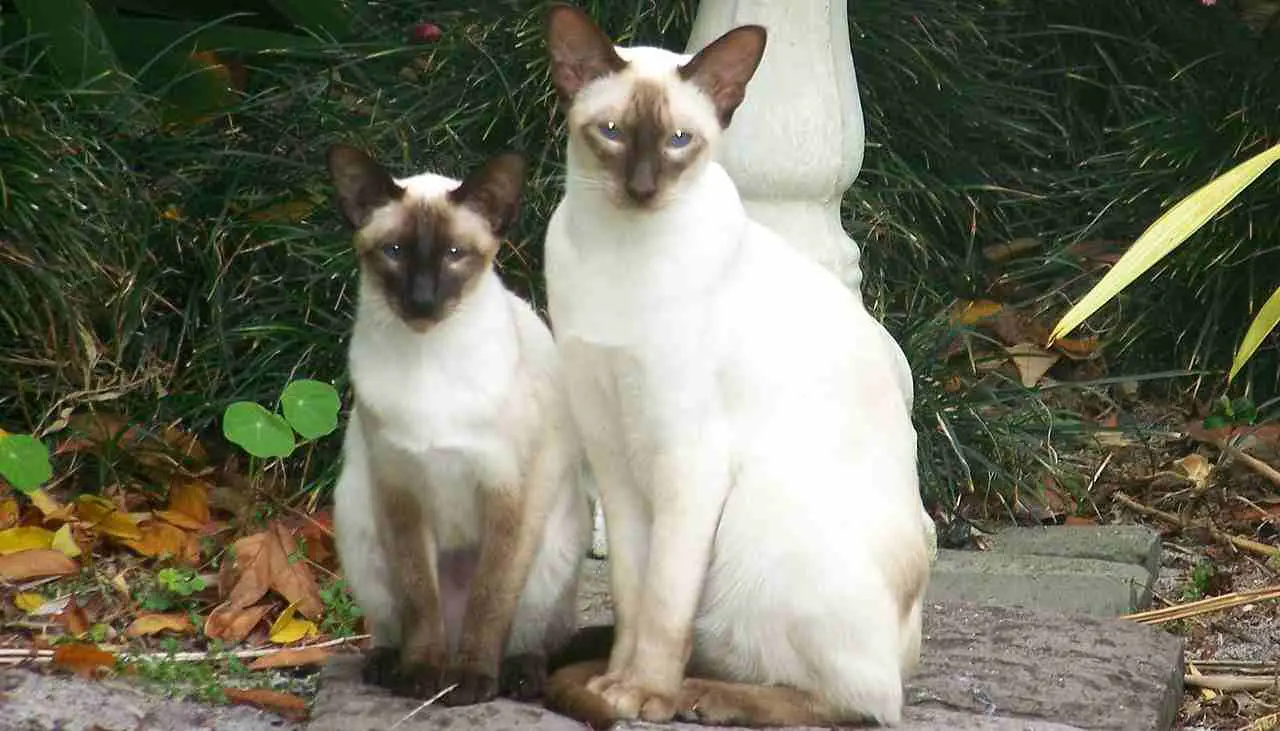
Burmese Cat:
Intelligent and quick learners, displaying problem-solving abilities.
Siamese Cat:
Highly intelligent, known for interactive behaviors and problem-solving skills.
Comparison:
Both breeds are recognized for their intelligence, making them adaptable and trainable.
Ecological Implications:
Intelligence contributes to their ability to navigate and adapt to changing environmental conditions, impacting their ecological roles.
22. Social Behavior:
Burmese Cat:
Social and affectionate, forming strong bonds with family members.
Tends to get along well with other pets.
Siamese Cat:
Highly social and vocal, seeking interaction and attention from their owners.
Generally, they adapt well to multi-pet households.
Comparison:
Both breeds exhibit social behaviors, forming strong connections with humans and potential compatibility with other pets.
Ecological Implications:
Social behaviors may impact group dynamics and interactions with other species within their ecological community.
23. Mode of Reproduction:
Burmese Cat:
Reproduces sexually, with litters typically ranging from 4 to 6 kittens.
Siamese Cat:
Also reproduces sexually, with litters usually containing 4 to 6 kittens.
Comparison:
Both breeds share a similar mode of reproduction, giving birth to litters of moderate size.
Ecological Implications:
Reproductive patterns affect the population dynamics and genetic diversity within their domesticated context.
24. Parental Behavior:
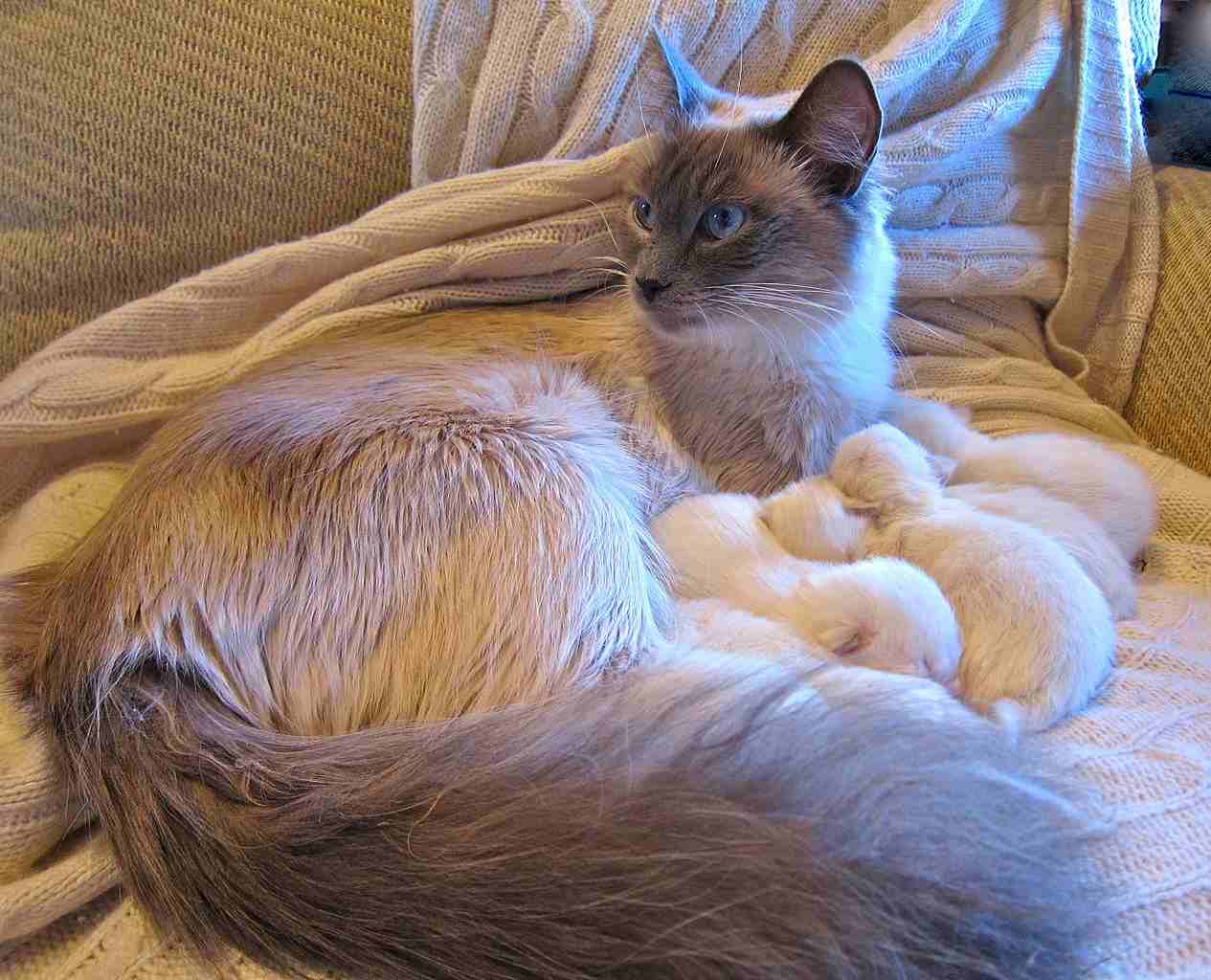
Burmese Cat:
Exhibits nurturing and protective parental behavior.
Engages in grooming and teaching kittens social behaviors.
Siamese Cat:
Similarly displays nurturing parental behaviors, actively caring for and teaching kittens.
Comparison:
Both breeds exhibit caring and protective parental behaviors, contributing to the well-being and social development of their offspring.
Ecological Implications:
Parental behaviors impact the survival and socialization of kittens within their domesticated setting.
25. Proximity to Human-Inhabited Areas:
Burmese Cat:
Generally comfortable and content living in human-inhabited spaces.
Siamese Cat:
Also well-adapted to human-inhabited environments, thriving in indoor settings.
Comparison:
Both breeds are suited to living in close proximity to humans, often thriving in indoor environments.
Ecological Implications:
Adaptation to human-inhabited areas may influence interactions with local wildlife and potential ecological disturbances.
26. Behavior Toward Humans:

Burmese Cat:
Affectionate and enjoys human interaction, forming strong bonds with family members.
May seek attention through gentle nudges and purring.
Siamese Cat:
Highly social and vocal, displaying a strong attachment to their owners.
Often engages in interactive behaviors, such as following humans around and vocalizing.
Comparison:
Both breeds are affectionate and enjoy human companionship, exhibiting interactive behaviors.
Ecological Implications:
Human-friendly behaviors may impact interactions with local fauna and ecosystems, potentially altering natural behavior patterns.
27. Danger Posed to Humans:
Burmese Cat:
Generally poses no significant danger to humans.
Mild scratches might occur during play, but aggression is rare.
Siamese Cat:
Generally poses no significant danger to humans.
Mild scratches may happen during play, but aggressive behavior is uncommon.
Comparison:
Both breeds are not known to pose significant danger to humans, displaying gentle and playful behaviors.
Ecological Implications:
Limited danger to humans may impact their coexistence and potential impact on local ecosystems.
28. Associated Precautions:
Burmese Cat:
Minimal precautions required, typical to those for any cat breed.
Regular veterinary care, proper nutrition, and attention to grooming needs.
Siamese Cat:
Similar precautions as with other cat breeds, including regular veterinary check-ups, balanced nutrition, and grooming care.
Comparison:
Both breeds have standard precautions associated with responsible pet ownership.
Ecological Implications:
Responsible ownership practices may indirectly influence the breeds’ impact on local ecosystems.
29. Conservation Status:
Burmese Cat:
Domesticated breed with no specific conservation status.
Siamese Cat:
Domesticated breed with no specific conservation status.
Comparison:
Both breeds are not subject to conservation efforts as they are widely bred and kept as companion animals.
Ecological Implications:
Domestication removes these breeds from considerations related to conservation, focusing on responsible breeding and ownership.
*Summary of Comparison
Taxonomy:
Both belong to the Animalia kingdom, Chordata phylum, Mammalia class, Carnivora order, Felidae family, Felis genus, and catus species.
Appearance:
Burmese: Short-haired with a sleek, muscular body, round face, and various coat colors.
Siamese: Slender with a distinctive wedge-shaped head, almond-shaped eyes, and color points on ears, face, paws, and tail.
Size:
Both are medium-sized, with Burmese having a more solid build.
Weight:
Burmese: Males 10-16 lbs, females 6-12 lbs.
Siamese: Males 11-15 lbs, females 8-12 lbs.
Personality:
Both sociable and affectionate, with Burmese being playful and Siamese being vocal.
Relative Price/Cost:
Similar pricing ranges, influenced by lineage, breeder, and region.
Grooming and Maintenance Requirements:
Both have low grooming needs, requiring regular brushing.
Health Concerns:
Burmese: Hypokalemia, eye conditions.
Siamese: Respiratory, dental issues.
Bite Force (PSI):
Moderate bite force for both, typical for domestic cats.
Physical Offensive Advantages:
Both have muscular builds, sharp claws, and teeth for effective hunting.
Physical Defensive Advantages:
Both display agility, climbing abilities, and quick reflexes for defense.
Speed (Km/hour or Mile/hour):
Similar average speed of around 30 mph (48 km/h).
Agility:
Both highly agile, adapted for climbing and hunting.
Senses:
Both have excellent night vision, acute hearing, and tactile whiskers.
Overall Physical Capacity:
Different physical traits but well-adapted overall physical capacities.
Habitat Preference(s):
Both adaptable, but preferences may influence indoor living.
Tracks:
Similar compact tracks with distinct toe prints.
Lifespan:
Burmese: 10-16 years, Siamese: 12-20 years.
Natural Mode of Feeding:
Both are obligate carnivores, requiring meat-based diets.
Best Food as a Pet:
Similar nutritional requirements for high-quality cat food.
Intelligence:
Both breeds are intelligent and trainable.
Social Behavior:
Both sociable, forming strong bonds with humans and potentially other pets.
Mode of Reproduction:
Both reproduce sexually, giving birth to moderate-sized litters.
Parental Behavior:
Both exhibit nurturing and protective parental behaviors.
Proximity to Human-Inhabited Areas:
Both well-adapted to living in close proximity to humans, often thriving indoors.
Behavior Toward Humans:
Affectionate and enjoy human interaction, exhibiting interactive behaviors.
Danger Posed to Humans:
Generally pose no significant danger, displaying gentle and playful behaviors.
Associated Precautions:
Standard precautions for responsible pet ownership apply to both.
Conservation Status:
Domesticated breeds with no specific conservation status.
Conclusion
I. Similarities:
Both Burmese and Siamese cats share similar characteristics, including sociability, adaptability to human environments, and low danger posed to humans.
II. Differences:
Differences include variations in lifespan, grooming needs, and sociability, with Siamese cats generally having a longer lifespan and being more vocal and sociable.
